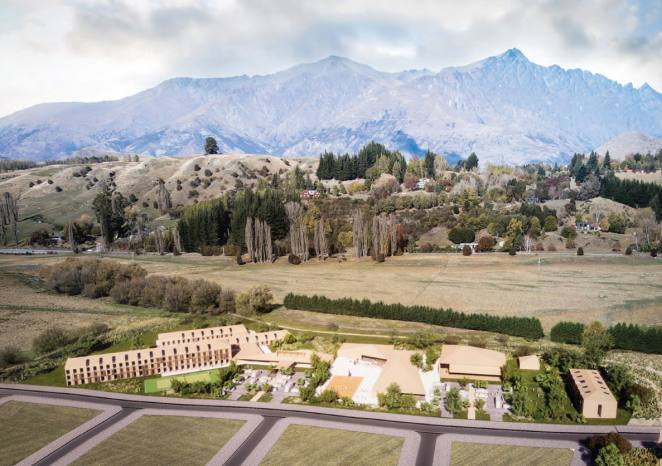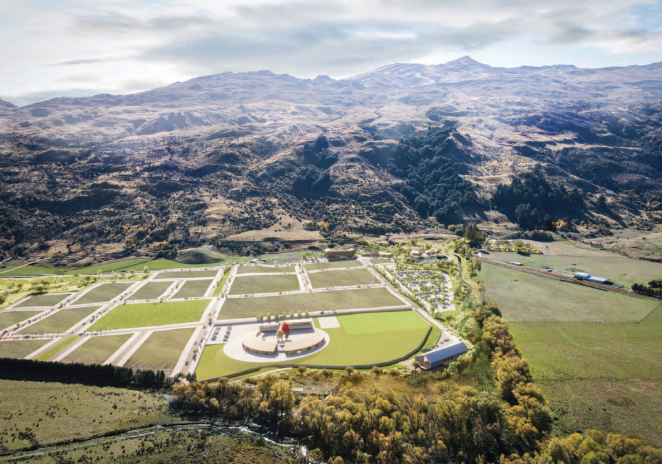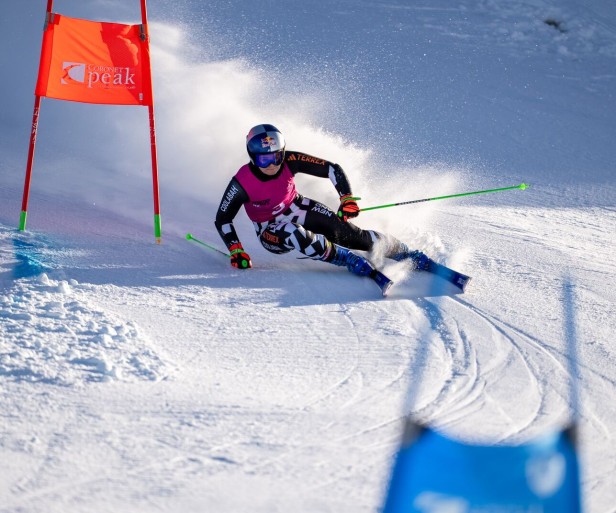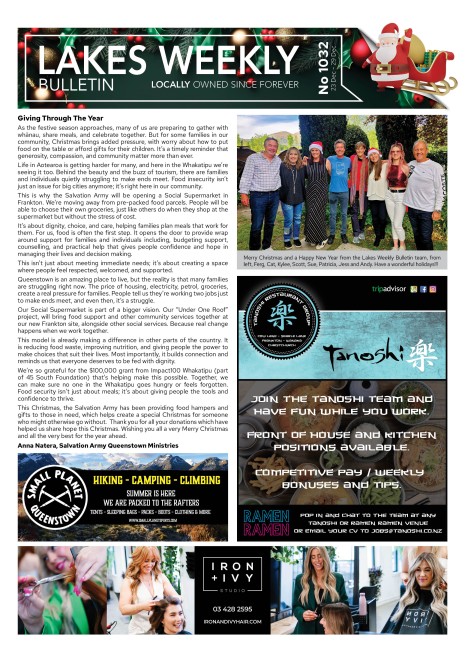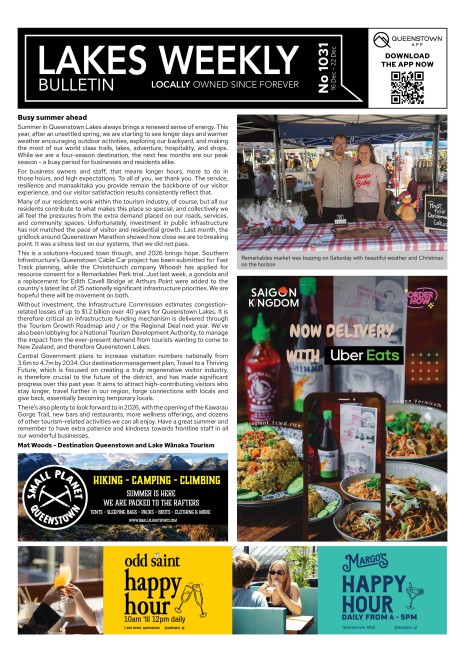Fast-Track project could be scaled back
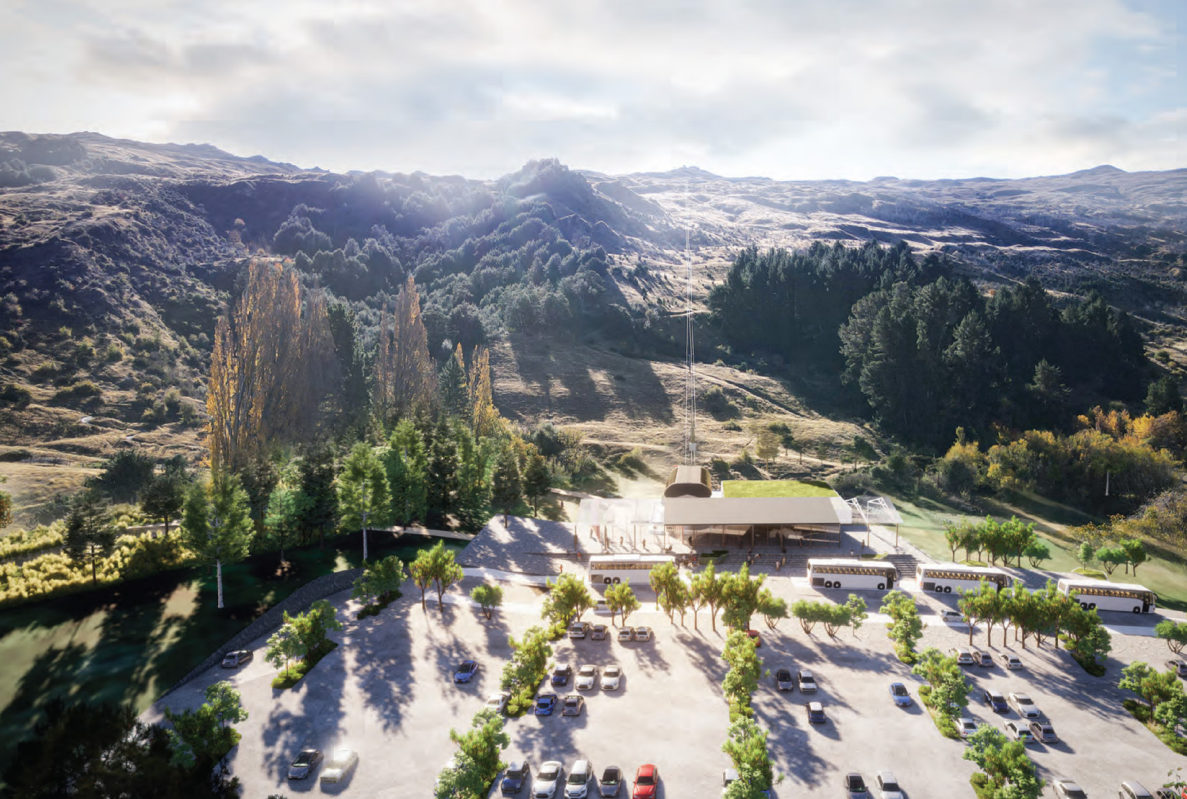
Developers behind Coronet Village are reviewing the scale of the project as opposition mounts from locals.
The proposal, one of nine locally on the Government's Fast-Track path, includes a gondola from Malaghans Valley floor up to the skifield, but also a subdivision of around 780 homes and commercial premises.
There's also a summit restaurant and loop walk, a world-class mountain bike hub, a base for an iwi charity, a combined primary and secondary school, an international boarding school, and 600-800 car parks.
Bernard Cleary, Rod Drury, NZSki and Te Tapu o Tāne, are in a consortium behind the project, located between Arthurs Point and Arrowtown, with Ben Farrell from Cue Environmental managing the planning component.
The aim is to elevate Coronet Peak into "a globally recognised destination while delivering social, cultural, environmental, climate and economic benefits over time, and aligning with local infrastructure capacity and community aspirations", they say.
But the scale of the development, particularly the housing, has worried locals. They've formed a lobby group Malaghans Valley Protection Society (MVPS), which has now grown to 200 members, while other organisations, such as the heavyweights Soho Property Ltd and QEII National Trust have also raised concerns.
On Friday, Ben Farrell released a statement on behalf of the consortium detailing who is responsible for each element of the project.
Cleary is managing the housing, on behalf of the owners of 88 Coronet Peak Station Road, while Drury, NZSki, and Te Tapu o Tāne are focused on the gondola, mountain bike hub, tourism infrastructure, and environmental initiatives within the project.
"Mr Cleary recognises that the idea of high-density housing has raised concerns within the community," the statement reads.
"In response, he is reviewing the scope and nature of both the housing and commercial elements to ensure the development can better align with local expectations and priorities."
The next steps is to listen to key concerns, they say, and a public meeting has been mooted.
"The original submitted concept masterplan was conceptual and is evolving, and will continue to do so. We acknowledge concerns raised to date from some key stakeholders, including Soho Property Ltd, QEII National Trust and some community members.
"The consortium is looking to better align with these key stakeholders and remain committed to open, respectful engagement."
MVPS chairman James Hall says the organisation wants a public meeting to get some answers first hand, but acknowledges much of the uncertainty has been created by the Fast-Track legislation itself, which is still fairly opaque.
"It concerns me that Coronet Village was accepted by the advisory panel when no environmental impacts were considered, and there was no independent ratification or information from third parties. They were totally reliant on the applicant’s information," Hall says.
"Bernard Cleary and the consortium have stated last week that they may scale things back and talk to the community, and we look forward to that. They have also shared their plans for Coronet Village with us over the weekend which is a good step. It means we now can have a more constructive discussion."
Project Overview
- Gondola and world-class mountain bike hub – led by Rod Drury and NZSki
- Te Tapu o Tāne base – led by Te Tapu o Tāne
- Queenstown Grammar – a combined primary and secondary school
- Liger Leadership Academy – an international boarding school
- Summit restaurant and loop walk – led by NZSki
- Future sections for urban development, (including gondola base and car parking) – led by Bernard Cleary
MVPS meanwhile has asked local experts to provide insight into the project, as it stands. They include Bruce McLeod from Aurum Survey Consultants, Paddy Baxter from Baxter Design, and Glenn Davis from E3 Scientific. Mana Tāhuna and tourism company AuthenticAs have also provided comment.
McLeod says the site is one of the worst locations in the basin for remoteness to services and would impact on roads.
"Residents would need to drive everywhere and any eco-gains from the gondola would be offset substantially by trying to heat shaded homes and dispose of effluent," McLeod says.
"Instead of developing a damp, cold site in the upper catchment of Lake Hayes, we should be intensifying the existing urban areas with density next to existing service hubs.”
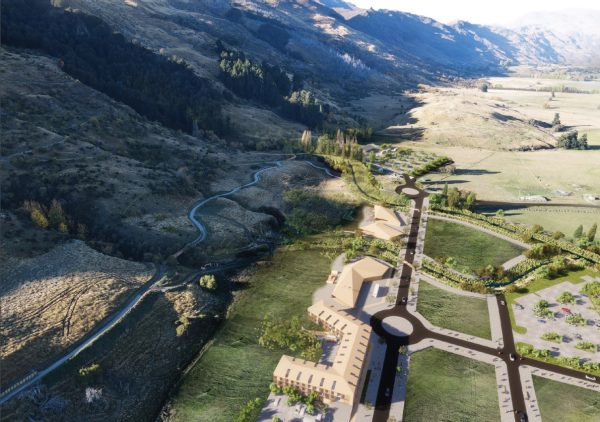
Baxter says it appears the development would be contrary to the key relevant landscape-related objectives and policies of the Operative and Proposed District Plans, while the others raise concerns about the impact on Lake Hayes and dark sky corridor that exists between Arthurs Point and Arrowtown.
“These objectives and policies are in place so the amenity values (or quality) of the environment are maintained or enhanced by any development," Baxter says.
"From the information that has been made public, it appears that Coronet Village does not avoid, remedy or mitigate adverse effects of activities on the environment, and does not maintain or enhance the landscape character."
The land is also located far from the defined Urban Growth areas, MVPS points out.
Glenn Davis says there has been significant catchment remedial work designed to reduce sediment loads in waterways and starve the lake of nutrients but Coronet Village and the resultant discharge of wastewater from 780 houses presents a considerable risk to Lake Hayes.
“The sensitivity of the lake cannot be overstated. A Fast-Track process that promotes economic activity ahead of environmental protection could simply exacerbate the poor catchment decisions of the past and undo the hard work and investments made by the local community to restore the water quality of Lake Hayes,” Davis says.
Mana Tāhuna has also been in contact with MVPS and is a charitable trust heavily involved with catchment restoration.
"Mana Tāhuna has worked hard the last four years to restore and protect our precious taonga in the Wai Whakaata (Lake Hayes) catchment," a representative from Mana Tāhuna says.
"We have had no involvement or engagement from the developers proposing the subdivision in Dalefield. Our view is any future development in our rohe, especially Wai Whakaata, must not be at the expense of our whenua."
Simon Williams, who has developed and runs the AuthenticAs Starry Night Adventures, says he has major concerns about the impact Coronet Village and other Fast-Track developments within Queenstown will have on our Dark Sky environment.
"The dark sky corridor that exists between Arthurs Point and Arrowtown, and its close proximity to a worldwide tourism mecca, makes it one of the best in the world,” Williams says.
Farrell says the consortium is committed to transparency and regular communication.
"This project builds on the conservation achievements already made in the region, and we are dedicated to supporting net biodiversity gains, sediment reduction, and integrated catchment management," Farrell says in the statement.
"Rod, NZSki and Te Tapu o Tāne have completed a great deal of work within the catchment supporting environmental outcomes, and sustainable growth. The consortium is committed to working with environmental and cultural experts for further consultation."
